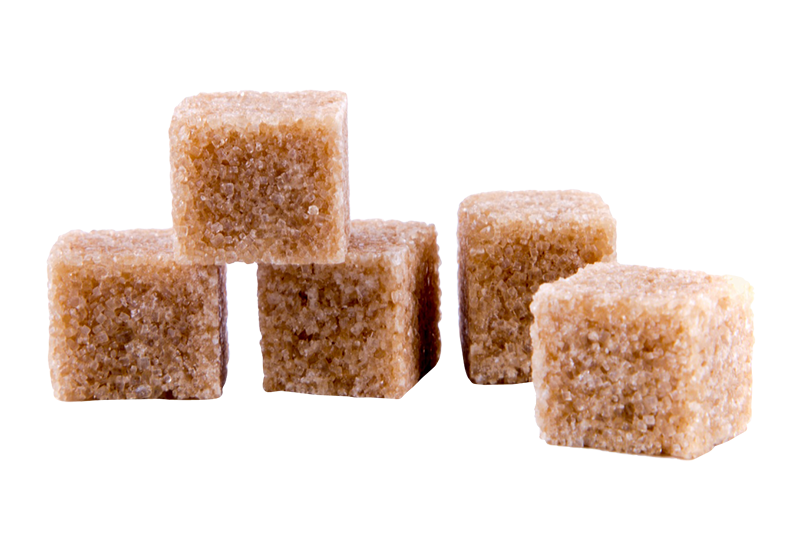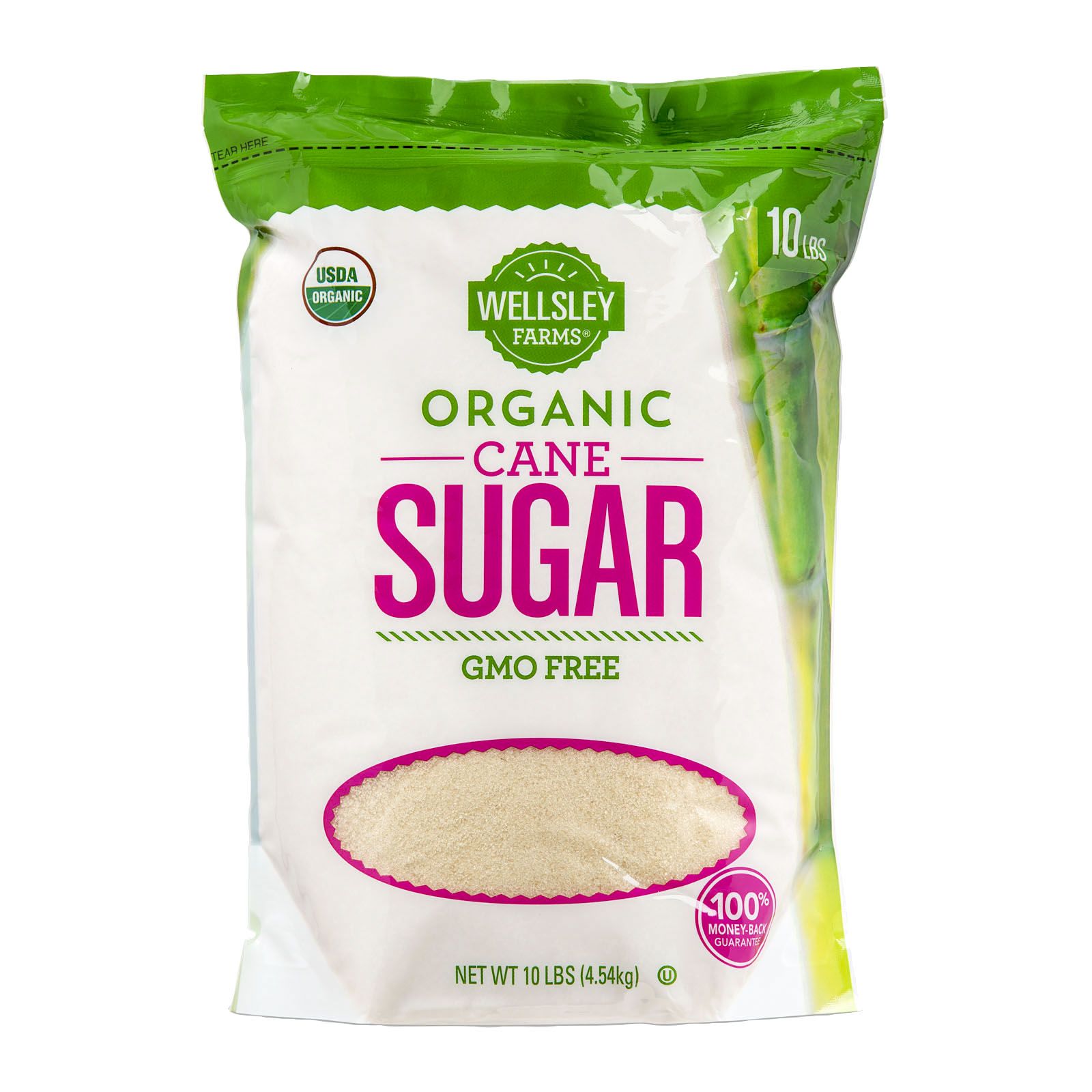Cane Sugar Processing: Standard Methods and Modern Innovations
Cane Sugar Processing: Standard Methods and Modern Innovations
Blog Article
An Extensive Overview to the Ecological Effect and Sustainability Practices in Walking Stick Sugar Handling
The ecological effect of cane sugar processing provides a complicated range of difficulties that warrant cautious examination. From dirt destruction and extreme water use to the carbon impact linked with farming and manufacturing, the effects of conventional practices are far-ranging. In comparison, the fostering of ingenious sustainability procedures supplies a pathway toward extra liable production methods. Recognizing the interplay in between these issues is essential for stakeholders in the market. What specific techniques can be executed to strike a balance between performance and environmental stewardship? The responses hinge on a more detailed take a look at both the challenges and possible remedies.
Introduction of Cane Sugar Handling
Cane sugar processing involves a collection of organized actions that transform sugarcane into polished sugar. At first, collected sugarcane is transferred to processing facilities, where it goes through cleaning up to remove soil and particles. Following this, the walking stick is crushed to draw out juice, which is then made clear by eliminating pollutants through heating and the enhancement of lime.
The made clear juice undergoes evaporation, where water is removed to focus the sugar web content. These crystals are separated from the staying syrup using centrifugation, resulting in raw sugar.
The last product is then dried out and packaged for circulation. Throughout this whole process, maintaining performance and quality assurance is essential to make certain the sugar satisfies market criteria. Each action in walking stick sugar processing not just adds to the end product however additionally has effects for resource use and waste generation, setting the stage for conversations on sustainability and environmental effects linked with sugar production.
Ecological Obstacles of Production
The production of walking cane sugar presents several significant ecological obstacles that warrant attention. One primary worry is the extensive use agrochemicals, consisting of pesticides and plant foods, which can bring about soil deterioration, biodiversity loss, and contamination of regional water resources. The runoff from sugarcane fields frequently brings these chemicals right into neighboring communities, interfering with aquatic life and impacting the health of communities reliant on these water bodies.
Another difficulty is the high energy intake connected with sugarcane handling. The boiling and refining phases call for considerable warm, primarily created by shedding nonrenewable fuel sources, contributing to greenhouse gas emissions. Furthermore, the expansive land area required for sugarcane growing can bring about logging and environment destruction, more worsening environment modification and threatening wild animals.
Additionally, the labor techniques in some areas increase honest issues, as workers might face poor working conditions and poor salaries. This situation often perpetuates a cycle of destitution in local communities. Cane Sugar Processing. Resolving these environmental obstacles is crucial for establishing much more lasting methods in walking stick sugar manufacturing, eventually benefiting both the atmosphere and the communities included in this market
Water and Land Use Influence
Water sources and land usage are crucial elements in the walking stick sugar industry that significantly affect the atmosphere. The cultivation of sugarcane needs substantial water input, with quotes suggesting that it can consume as much as 2,000 litres of water per kilogram of sugar generated. This intensive use water usually brings about depletion of regional water sources, influencing not just the sugarcane vineyards however likewise bordering ecosystems and neighborhoods that count on the same water sources for agriculture and domestic usage.

Furthermore, land usage for sugarcane growing can lead to logging and the conversion of natural habitats into monoculture ranches. This practice reduces biodiversity, disrupts regional environments, and adds to dirt destruction. The expansion of sugarcane fields commonly intrudes on important agricultural land, developing competitors for sources between food and biofuel manufacturing.
Sustainable techniques, such as optimizing watering techniques and applying crop rotation, are vital to reduce these effects. By embracing a lot more reliable water usage and land her comment is here monitoring approaches, the walking cane sugar industry can reduce its eco-friendly impact, making certain an equilibrium between agricultural efficiency and environmental preservation.
Greenhouse Gas Emissions
Greenhouse gas discharges represent a significant ecological problem see post within the cane sugar handling market, especially as farming methods broaden to fulfill international demand. The cultivation of sugarcane, a crop that grows in exotic climates, counts greatly on synthetic plant foods and pesticides, which contribute to nitrous oxide emissions. In addition, land-use modifications, consisting of logging for new sugarcane plantations, launch carbon dioxide kept in plant life and soil.
During handling, power intake is one more major source of greenhouse gas emissions - Cane Sugar Processing. Lots of sugar mills use nonrenewable fuel sources to power machinery and generate warm, leading to significant carbon impacts. Furthermore, the transportation of raw sugarcane and completed items includes layers of emissions through gas combustion in lorries
The collective impact of these discharges intensifies environment modification, posing dangers not only to the environment yet additionally to the lasting stability of the industry. Stakeholders need to acknowledge the immediate requirement for extensive techniques that attend to these emissions. This entails evaluating present agricultural practices, processing techniques, and transportation systems to determine locations for enhancement and mitigation. Dealing with greenhouse gas exhausts is essential for fostering an extra lasting walking stick sugar industry in a changing climate.

Lasting Practices and Innovations
Sustainable techniques and developments are progressively important in the walking cane sugar processing market as stakeholders seek to minimize ecological influences while preserving productivity. One substantial development is the application of incorporated crop management, which optimizes source usage by combining dirt administration, pest control, and plant turning methods. This technique boosts return while reducing chemical inputs and maintaining soil health and wellness.
Furthermore, the fostering of eco-friendly energy resources, such as biomass from sugarcane residues, has actually obtained traction - Cane Sugar Processing. By converting waste products into power, refining centers can minimize their reliance on fossil gas, thus decreasing greenhouse gas exhausts
Water administration practices have likewise seen improvements via the recycling and reusing of water in handling plants, substantially minimizing freshwater intake. Technologies in innovation, such as accuracy farming, this website make it possible for farmers to monitor plant health and wellness and resource use much more efficiently, making sure lasting farming methods.
Moreover, qualification programs like Fair Profession and Rain forest Alliance motivate environmentally accountable farming methods and advertise social equity within the supply chain. By embracing these sustainable methods and developments, the walking cane sugar handling industry can improve its strength and contribute favorably to environmental stewardship.
Verdict
The environmental impact of cane sugar handling offers considerable obstacles, including dirt destruction, high water usage, and greenhouse gas emissions, alongside honest concerns connected to labor methods. Addressing these problems through lasting practices, such as integrated plant management, sustainable energy fostering, and water recycling, is necessary. By promoting socially fair and eco accountable techniques in sugar production, the sector can reduce its adverse effects, ensuring a more lasting future for both environments and neighborhoods entailed in this field.
Walking cane sugar processing includes a series of systematic actions that change sugarcane into polished sugar. Each action in walking cane sugar processing not just adds to the final item yet additionally has effects for resource usage and waste generation, establishing the phase for conversations on sustainability and ecological effects associated with sugar production.
Greenhouse gas discharges represent a significant ecological worry within the cane sugar handling industry, specifically as agricultural methods increase to meet worldwide demand.Lasting methods and advancements are significantly essential in the walking stick sugar handling industry as stakeholders seek to decrease environmental impacts while keeping productivity.The environmental impact of walking stick sugar handling offers substantial challenges, including soil destruction, high water consumption, and greenhouse gas exhausts, together with honest concerns associated to labor techniques.
Report this page